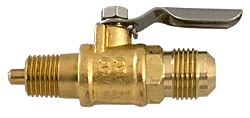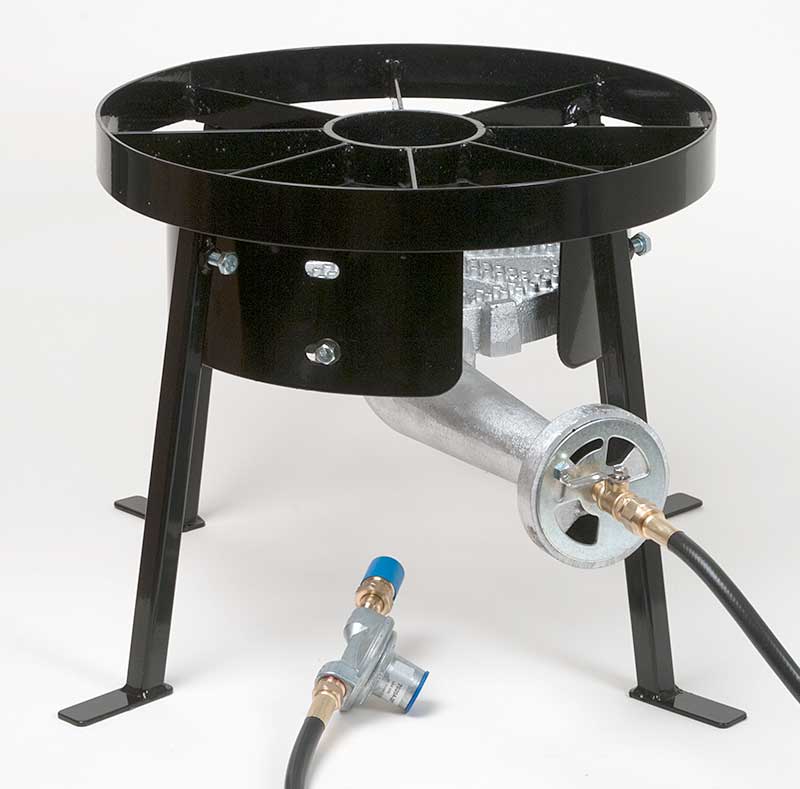Tomahawk
Active Member
Hi guys,
I have search overload...I'm a bit vapor locked...and could use some fine-tuned direction.
I'm at the propane plumbing part of my brewstand build (15gal keggles)
I have 2 BG14's (high-press) and one 6" (low-pressure) burners from Agri Supply. I have a 0-30 hi-pressure reg. These are the only propane system components I have at this time.
I plan on using flex hoses for burners feeding off 3/8" gas beam. Needle valves for each. (BG14 HLT / 6" MLT / BG14 Boil)
The Question: For efficiency's sake (not wasting fuel), should I convert the 14's to low pressure? If so, how?
(link to supplier that has the correct LP orfice for the BG14)
Cheers!
I have search overload...I'm a bit vapor locked...and could use some fine-tuned direction.
I'm at the propane plumbing part of my brewstand build (15gal keggles)
I have 2 BG14's (high-press) and one 6" (low-pressure) burners from Agri Supply. I have a 0-30 hi-pressure reg. These are the only propane system components I have at this time.
I plan on using flex hoses for burners feeding off 3/8" gas beam. Needle valves for each. (BG14 HLT / 6" MLT / BG14 Boil)
The Question: For efficiency's sake (not wasting fuel), should I convert the 14's to low pressure? If so, how?
(link to supplier that has the correct LP orfice for the BG14)
Cheers!




